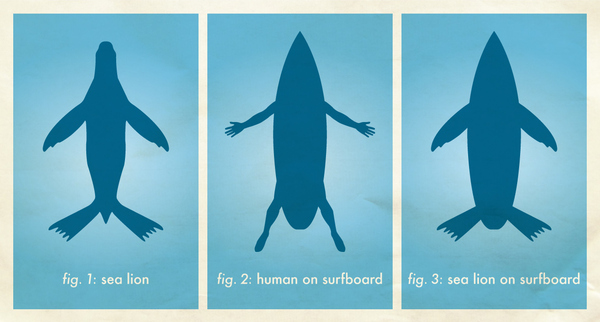ATA5
For Assignment Five, I found that the biggest takeaway I had was that I felt significantly happier after performing random acts of kindness over the course of the week. Even if I’d been in a poor mood prior to the act, I consistently found that I felt dramatically more positive as I moved through the remainder of my day. In my positive psychology course, we have discussed the phenomenon revolving around altruism: helping others (or even spending our money on gifts for others) consistently makes individuals feel happier than spending money on themselves! I felt this assignment clearly illustrated that concept, providing an opportunity to experience that positivity firsthand. Moving forward, I aim to make a habit of looking for opportunities of kindness; not only to promote the happiness and wellbeing of others – but to share in that feeling myself, as well.
By offering one act of kindness, the recipient may be inspired to do the same: a phenomenon known as “paying it forward”. Commonly seen in coffee shops and drive-thru lines, this chain of kindness can be applied to many different situations in life and, if each individual repays the kindness at least once, could have a widespread reach. This pattern is illustrated below!

A visual graphic illustrating the results of “paying it forward”, credited to the YogaAmour wellness organization.
ATA4
For Assignment Four, the assessment concerning styles of love granted me a more specific view of myself and how I might function best in romantic relationships. My scores indicated that storge (love related to friendships) and agape (all-giving, non-demanding love) are my strongest styles of love, implying that I might be better matched to an individual whose styles reflect or complement my own. This assignment is directly relevant to the material we covered in Chapter Seven of the text: Liking, Love, and Other Close Relationships. Further breaking down the “passionate” (romantic) type of love into a style of love is precisely what the assessment accomplished. In my past romantic relationships, my style of agape love has come at the cost of putting my own needs and feelings on the back-burner in favor of my partner’s: neglecting my own happiness to keep them happy. Using the information from the assessment, I am able to identify that unhealthy standard and will be able to (hopefully!) balance out needs more equally in future relationships.
For my representative visual image, I have chosen a visual infographic about the styles of love and their definitions. I was intrigued by the short summaries this graphic provides, managing to quickly illustrate each type in an understandable and compact manner.

A visual representation of the styles of love and their definitions, credited to the “Canal-Midi” info page for types of Greek Love.
ATA2
For Assignment Two, I developed a greater sense of my own self-concept, reflected in the evidence of my iPhone’s camera roll. While we all have assumptions of what our self-perceptions might be, the body language I displayed in many of my selfies betrayed the weight of insecurities and low self-esteem that I’ve struggled with throughout my childhood, adolescence, and young adulthood. This knowledge aided me in another course I’m taking this semester, organizational psychology, which emphasized in a recent chapter that higher levels of perceived self-esteem in individuals aids in acquiring jobs because it is a trait favored in potential applicants. By working on my outward display of positive self-concept, I believe I can improve my inner beliefs of self-concept as well.
For my visual representation, I’ve selected a selfie taken without the application of a filter that I would typically rely upon. While the lower half of my face is concealed necessarily by the masks of our new modern age, I find that I still felt confident in this image despite the flaws I could perceive.

ATA1
In Assignment One, a greater understanding of the way individuals make decisions and judgments by utilizing heuristics was explored. While such methods of thought have always felt instinctive, this assignment illustrated the true patterns and pitfalls these quickly-crafted judgments create. Heuristics are directly related to the variables that affect social behavior discussed in the first chapter of the course material, directly impacting how individuals interact with one another or their environment.
A personal takeaway I discovered within this assignment was related to the availability heuristic. As a child, I have held a personal fear of the open ocean due to an irrational terror concerning the potential for shark attacks. Despite the likelihood of an attack being exceedingly low (especially for Virginia Beach), the high memorability of shark-attack accounts solidified an irrational fear in my mind.

The image pictured above represents the influencing affect that a graphic concerning shark attacks might have on the availability heuristic. For a five-year-old learning to be cautious of the ocean, the improbability mattered less than the potential consequences!